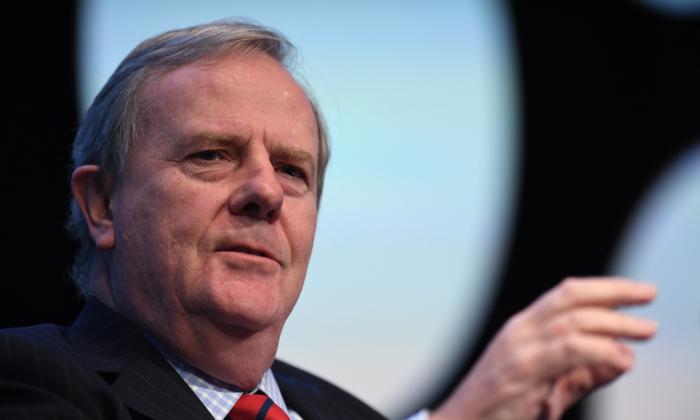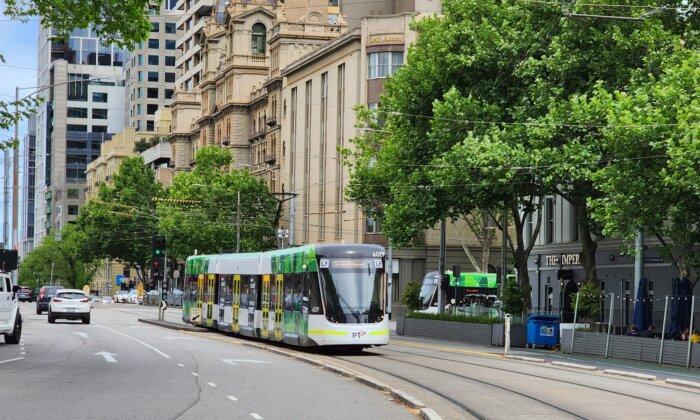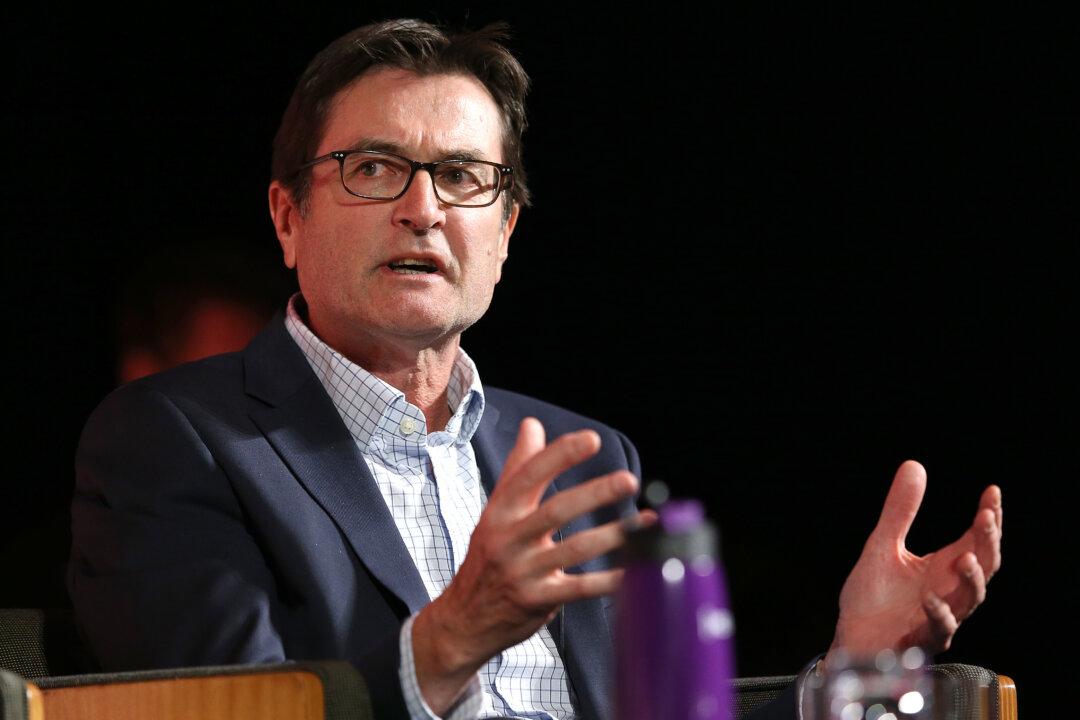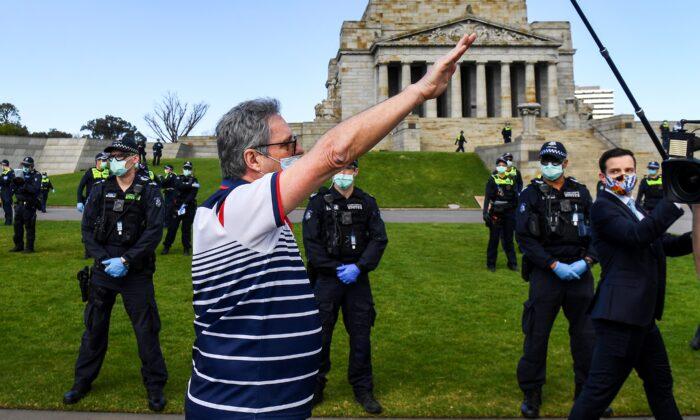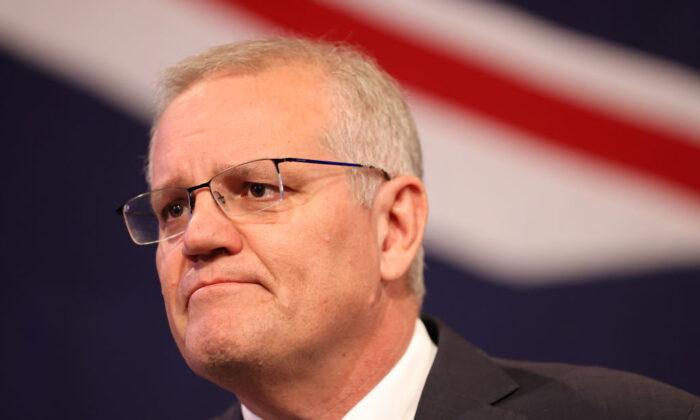Former Australian Treasurer Peter Costello has warned that the current national migrant intake must be managed carefully to find an equilibrium in which a struggling economy is supported without placing upward pressure on inflation.
Speaking at the UBS Australasia Conference on Monday, Mr. Costello drew comparisons between Australia’s current and past immigration levels.
“Australia has always been a migrant country and I’ve always supported immigration. But the levels of immigration now are extremely high,” Mr. Costello said.
“In my day we were 120 [thousand]. Now that is an enormous adjustment for an economy, to bring in 500,000 to 600,000 people.”
Mr. Costello said migration must be calibrated to avoid placing further positive demand shocks on the Australian housing market.
“I’m pro-immigration, but I think it’s very, very important that we do it in a gradualised way, rather than have these huge licks which are putting pressure on the housing market.”
Net migration (arrivals minus departures) have surged over the past 12 months as international students returned to Australia post-COVID-19 and as Labor’s budget opened the door for a greater general intake.
The Opposition has criticised the Albanese Government for this trend by drawing a clear link between expansive immigration policy and inflationary pressures.
“But over five years, net overseas migration will see our population increase by 1.5 million people.
“It’s the biggest migration surge in our country’s history and it’s occurring amidst a housing and rental crisis.”
On the one hand, the immigration surge has been engineered to fix a widespread labour shortage throughout the nation and help small businesses who have dealt with slow consumer spending.
On the other hand, increased migration has contributed to upward pressure on general prices across the economy.
Although a number of prominent economists and business leaders, including Macquarie Group CEO Shemara Wikramanayake, have said additional migrants will help ease inflationary pressures, the evidence suggests otherwise.
The Reserve Bank of Australia (RBA) is currently forecasting inflation to remain at 4.5 percent until the end of 2023 and not to drop back to 3 percent until late 2025. This is in spite of 13 consecutive cash rate rises in the 15 months since May 2022, in line with expansive migration intakes in the same timeframe.
AMP Chief Economist Shane Oliver believes that the pressure of the immigration tap has long exceeded what is actually needed by the Australian economy.
“We’ve had, particularly since 2005, immigration levels way, way above the level of supply that we actually need”, Mr. Oliver said at the Australian Financial Review Property Summit.
“If you go back to the immediate post-early 90s recession, immigration levels were about 120,000 per annum. Then they jumped to 250,000/260,000 per annum.”
Mr. Oliver touched on the historical pace of immigration relative to that of housing supply.
Housing Affordability
Rental affordability has plummeted across Australia with an estimated 1.3 million households in need of housing assistance.SGS data also revealed how the rental crisis is disproportionately affecting different demographics.
According to SGS, rent in Sydney, Melbourne, Brisbane, Adelaide, and Perth is unaffordable for pensioners, part-time workers, and students. Adelaide is the only city deemed acceptable for single parents and couples currently earning minimum wage.
There is also the issue of climbing interest rates exacerbating the current crisis, with many homeowners dealing with mortgage stress finding themselves unable to refinance.
This is because when banks assess the likelihood of an individual’s loan serviceability, they typically factor in an additional 3 percent on top of existing rates in anticipation of further hikes.
